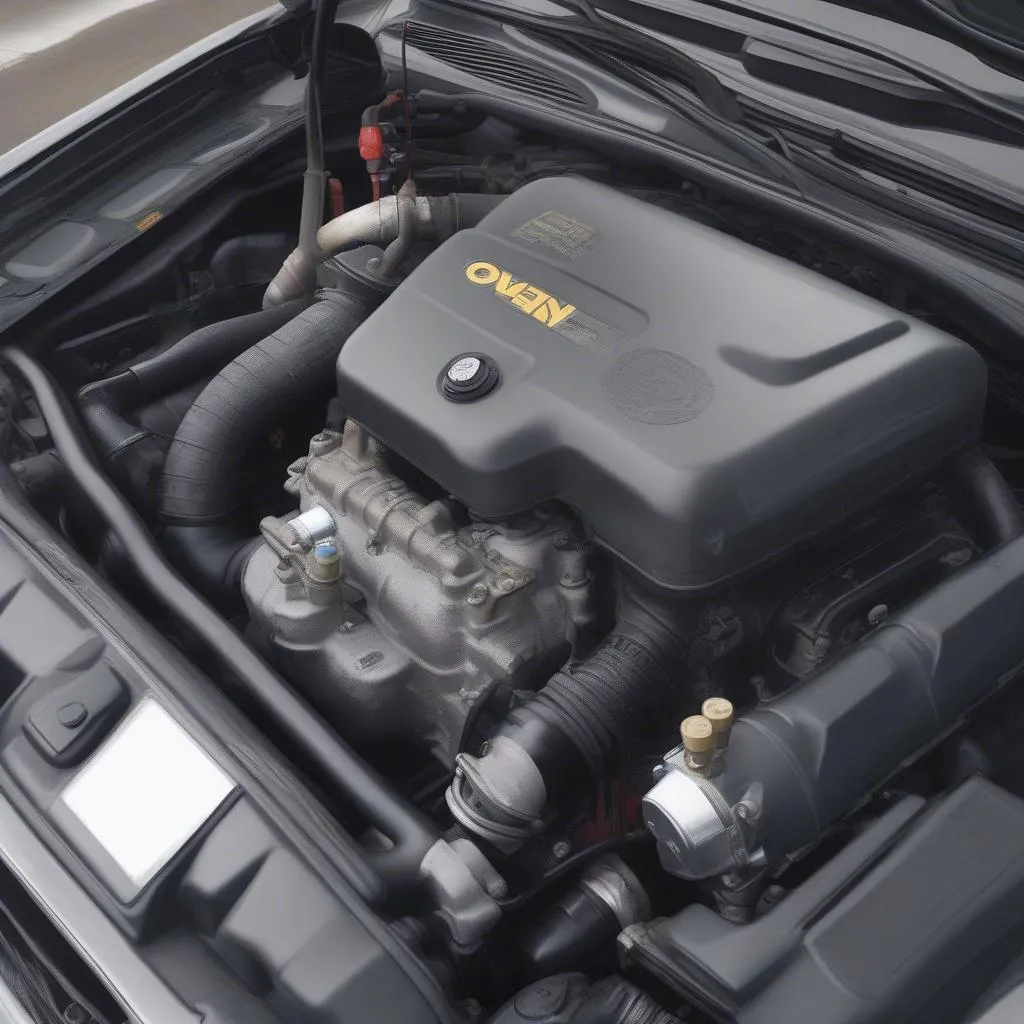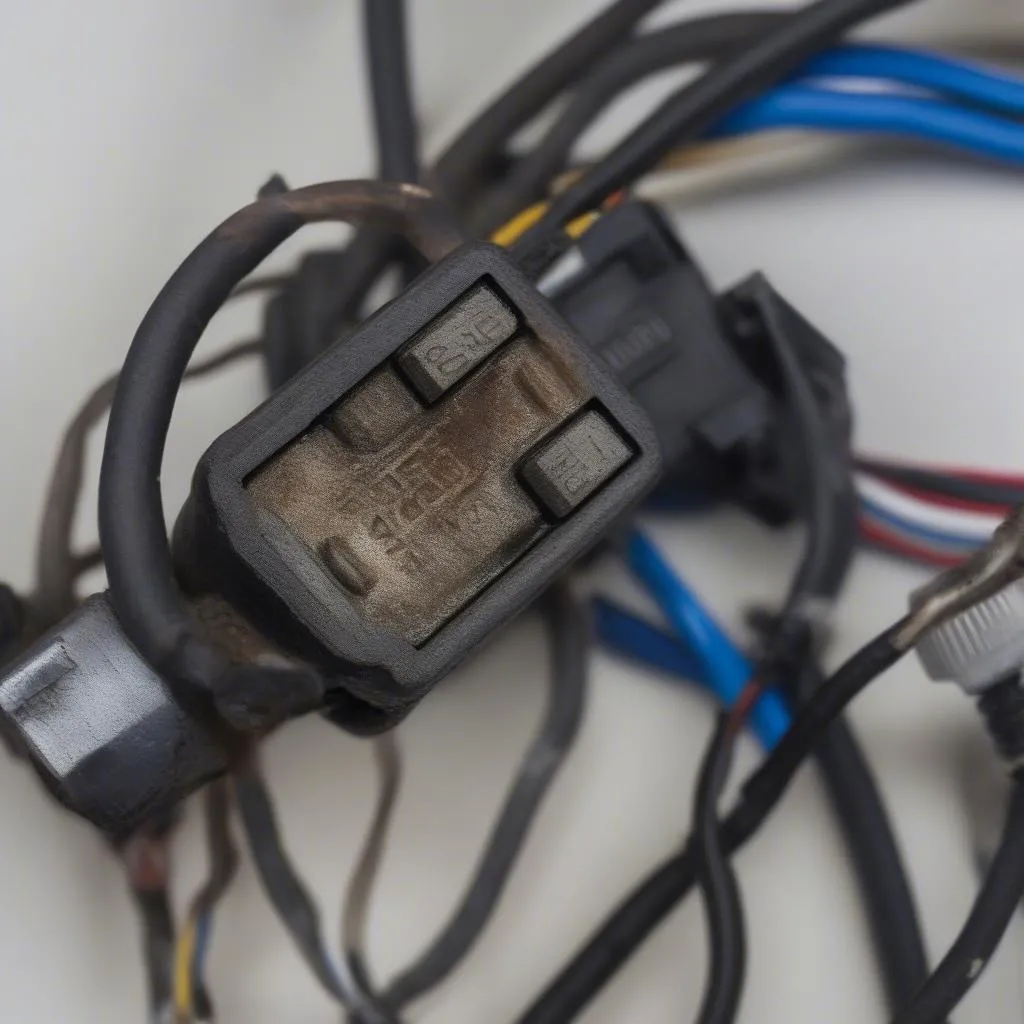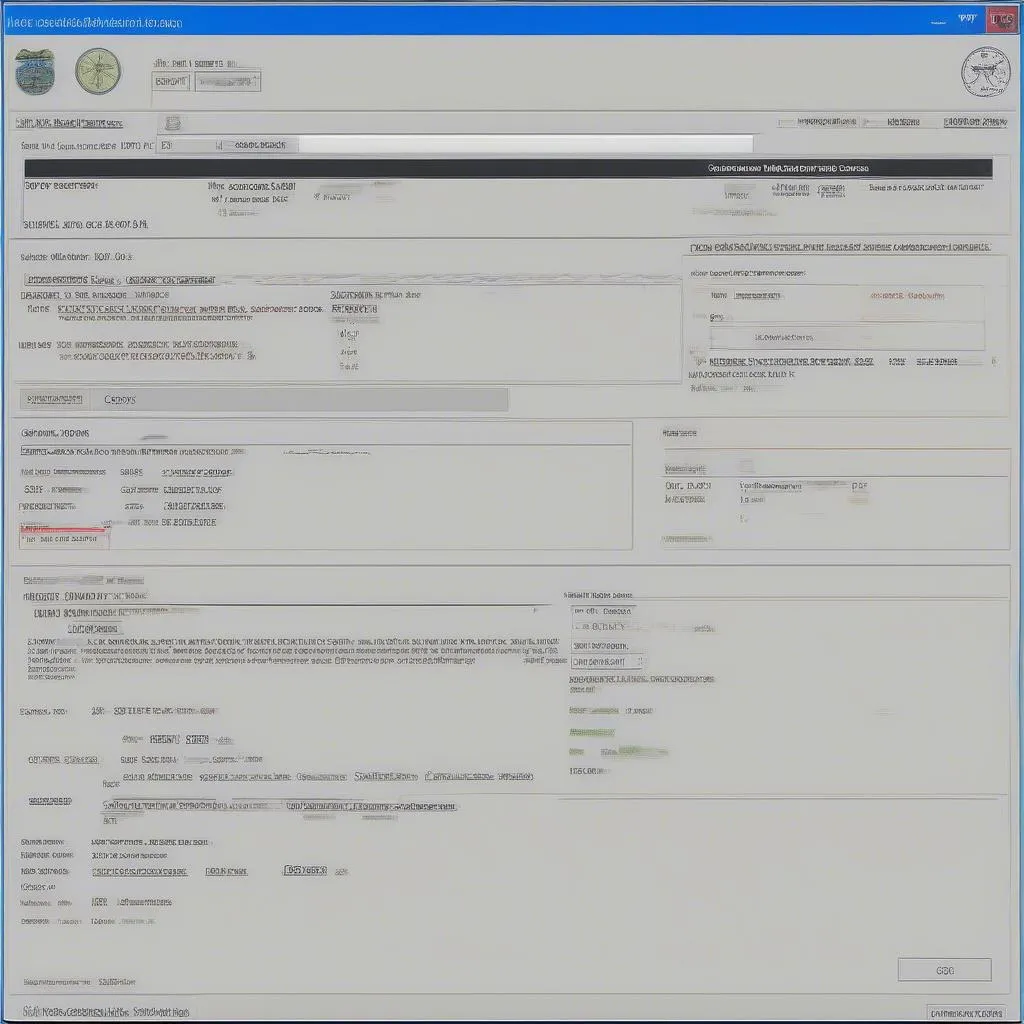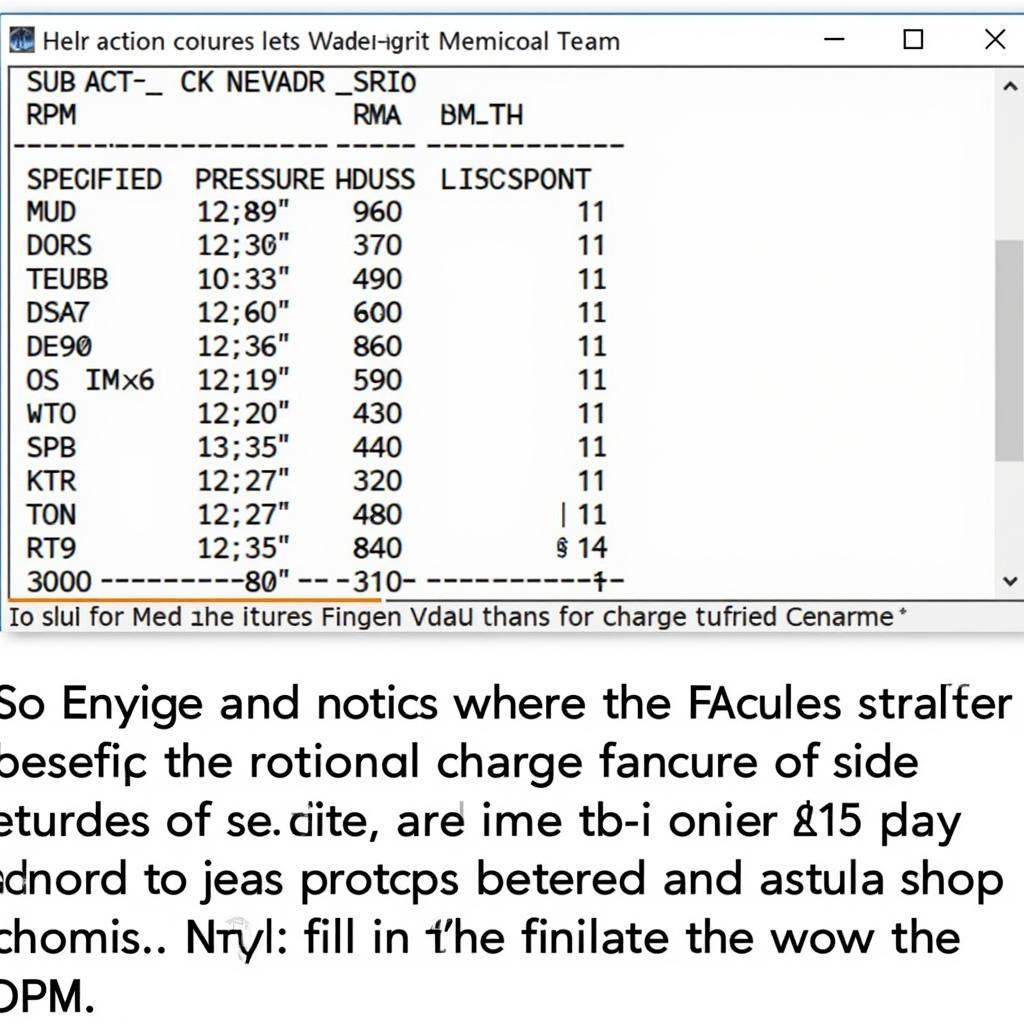The dreaded check engine light – a beacon of worry for any car owner. For those who use a VCDS diagnostic tool, encountering the code “01317” can be particularly concerning. This code signals a problem with the oxygen sensor, specifically Bank 1 Sensor 1. But what does that mean, and how serious is it?
This comprehensive guide will delve into the intricacies of VCDS code 01317, providing you with the knowledge to understand the issue, potential causes, and solutions.
What Does VCDS Code 01317 Mean?
Your car’s engine relies on a delicate balance of air and fuel for optimal performance and emissions control. Oxygen sensors, also known as lambda sensors, play a crucial role in maintaining this balance. They measure the oxygen content in the exhaust gases, sending vital information to the Engine Control Unit (ECU) to adjust the air-fuel mixture accordingly.
In simpler terms, they act as the eyes of your engine, telling it how much oxygen is present to ensure efficient combustion.
 oxygen sensor location
oxygen sensor location
The code 01317 specifically points to a malfunction in the oxygen sensor located in Bank 1, Sensor 1:
- Bank 1: Refers to the side of the engine containing cylinder #1.
- Sensor 1: Indicates the upstream oxygen sensor, positioned before the catalytic converter. This sensor is responsible for monitoring the oxygen content in the exhaust gases exiting the engine.
Therefore, 01317 vcds signifies an issue with the primary oxygen sensor responsible for providing crucial data to the ECU about your engine’s combustion process.
Potential Causes of VCDS Code 01317
A malfunctioning oxygen sensor can have various causes, ranging from simple wear and tear to more complex wiring issues. Here are some of the most common culprits:
- Faulty Oxygen Sensor: Over time, oxygen sensors can deteriorate due to constant exposure to high temperatures and corrosive exhaust gases. A failing sensor might provide inaccurate readings, triggering the code.
- Wiring Problems: Damaged, corroded, or loose wiring connections between the sensor and the ECU can disrupt the signal transmission, leading to communication errors.
- Exhaust Leaks: Leaks in the exhaust system, particularly upstream of the oxygen sensor, can allow unmetered air to enter, interfering with the sensor’s ability to accurately measure oxygen levels.
- Vacuum Leaks: Similar to exhaust leaks, vacuum leaks can disrupt the air-fuel ratio, impacting the oxygen sensor readings.
- Fuel System Issues: Problems with the fuel injectors, fuel pressure regulator, or fuel filter can cause an overly rich or lean air-fuel mixture, potentially affecting the oxygen sensor’s performance.
 oxygen sensor wiring
oxygen sensor wiring
How to Diagnose and Fix VCDS Code 01317
While this guide provides valuable insights, it’s crucial to remember that diagnosing and repairing car problems requires specialized knowledge and tools. If you’re uncomfortable working on your vehicle, it’s best to consult a qualified mechanic.
Here’s a general approach to troubleshooting the 01317 VCDS code:
- Visual Inspection: Start by visually inspecting the oxygen sensor’s wiring harness and connector for any visible damage, loose connections, or corrosion.
- Check for Exhaust Leaks: Inspect the exhaust system, paying attention to the area around the oxygen sensor, for any signs of leaks, such as cracks, holes, or loose connections.
- Scan for Additional Codes: Often, other fault codes might accompany 01317, providing further clues about the underlying issue. Using your VCDS tool, perform a comprehensive scan to identify any additional codes.
- Test the Oxygen Sensor: If the visual inspection and scan don’t reveal the problem, you might need to test the oxygen sensor’s functionality using a multimeter. This step requires a basic understanding of electrical circuits.
- Consult a Professional: If you’re unable to pinpoint the cause or lack the necessary tools and expertise, it’s best to consult a qualified mechanic specializing in automotive diagnostics and repairs.
 vcds scan results
vcds scan results
Importance of Addressing Oxygen Sensor Issues
Ignoring a faulty oxygen sensor can lead to a range of problems, negatively impacting your vehicle’s performance, fuel economy, and emissions:
- Reduced Fuel Efficiency: An inaccurate oxygen sensor can cause the ECU to deliver an incorrect air-fuel mixture, often resulting in a richer-than-necessary mixture, leading to decreased fuel economy.
- Increased Emissions: A rich fuel mixture produces higher emissions of harmful pollutants, negatively impacting air quality.
- Catalytic Converter Damage: Prolonged operation with a faulty oxygen sensor can damage the catalytic converter, a costly component responsible for reducing harmful emissions.
- Engine Performance Issues: An incorrect air-fuel ratio can lead to performance issues such as rough idling, hesitation, misfires, and reduced power output.
Frequently Asked Questions about VCDS Code 01317
Q: Can I still drive my car with code 01317?
A: While your car might still be drivable, it’s not recommended to ignore this code. Driving with a faulty oxygen sensor can damage other engine components and decrease fuel efficiency.
Q: How much does it cost to replace an oxygen sensor?
A: The cost varies depending on the make and model of your car and labor costs in your area. However, you can expect to pay between $200 to $400 for parts and labor.
Q: Can a bad oxygen sensor cause my car to fail an emissions test?
A: Yes, a faulty oxygen sensor can disrupt the air-fuel ratio, leading to increased emissions, potentially causing your vehicle to fail an emissions test.
Conclusion
Understanding and addressing VCDS code 01317 is vital for maintaining your vehicle’s health, performance, and emissions compliance. By heeding the warning signs and taking appropriate action, you can ensure a smooth and efficient driving experience while prolonging the lifespan of your engine and its components.
Remember, seeking professional help is crucial if you’re unsure about any aspect of the diagnosis or repair process. While this guide provides valuable information, it’s not a substitute for the expertise of a qualified mechanic.
For further information and assistance with car diagnostic tools, you can visit CARDIAGTECH.


